The new DAC 2.41 Euterpe Signature is the most advanced model in a line that began many years ago with version 2.0.
Since then, the circuit has undergone countless changes. The power supply has become more elegant and refined — as perfect as possible within its size and weight class.
The SPDIF receiver WM8804 is officially rated for 24/192, but in hardware mode it actually works up to 24/96. Nevertheless, its use is absolutely justified — its jitter is quite low, and that can be clearly heard. Or rather, you can hear that the chip is more precise than its predecessor, CS8414. The sound is more focused, the bass articulation is better defined. In choral recordings there’s less harshness and fewer intermodulation artifacts.
Another great advantage is that the Wolfson can be clocked from an external master clock — this is used in my flagship model Psyche, where the receiver is driven by a tube master clock based on the famous double triode E88CC. In that configuration, the sound quality is even better and can be tuned by changing the tube. Type, brand, place and year of production, internal structure — everything affects the sound. So far, I have not found any other SPDIF receiver that offers the same sonic quality and flexibility.
There is, however, one small drawback: the Wolfson produces a click when switching between different sampling rates. Since I don’t use any additional mute circuits, the click can be heard. Still, I use this SPDIF receiver in my own reference home DAC JUPITER — and I have no intention of replacing it with anything else. With an external clock, the WM8804 provides sound quality that is not inferior to what can be achieved through an I²S connection. That’s why I stopped using the I²S interface in my home system, even though I had spent a lot of time designing complex tube followers and a separate power supply unit for it.
Power Supply and DEM Circuit
Another important feature of the 2.41 line is its carefully designed power supply section. There are now two separate voltage regulators for the SPDIF receiver and a more powerful –15V regulator for the TDA1541 chip. But the most original solution is a tube rectifier 6X5 in the –15V supply rail. This is a completely unique design — no other manufacturer in the audio world uses anything like it.
My long-term experiments have shown that the way the DEM cells of the TDA1541 are powered is the true secret to obtaining the beautiful sound from this legendary chip.
You may not believe it, but I’ve been perfecting the power supply for the TDA1541 for more than thirty years! And even now I keep discovering new nuances in the simplest circuits. This is the opposite of the technocratic approach — instead of endlessly complicating bad circuit ideas, I want to reveal the musical essence through perfect simplicity.
Everything I have learned about powering the TDA1541 has been fully realized in my personal reference DAC JUPITER — an instrument that, to this day, remains my most accurate and musical tool for listening and comparison. I’ll tell more about it later.
Another original solution is the tube DEM clock, which improves linearity at low levels and makes the sound smoother, more fluid, and truly analog in character.
I first used this idea in the DAC 3.0, about ten years ago.
Analog Stage and Filter
The analog section has also undergone serious changes.
The 6SN7 output stage today uses tube-rectified power supply, but I had to improve the current-to-voltage converter to make sure that neither speed nor attack was sacrificed.
In the Signature version I use a completely new low-pass filter, which turned out to be a real breakthrough.
It finally solved the main problem of NOS converters — the correct reproduction of frequencies above 10 kHz.
The way this frequency response is formed is far from traditional. I discovered it almost by accident and then fine-tuned it entirely by ear, because every attempt to follow “proper” electronic book guide filtering methods immediately destroyed the life and musicality of the sound.
The inductors for this filter I wind myself — using vintage French copper wire on bamboo frames.
It’s painstaking, time-consuming work, but it gives my DAC a clear advantage over any other TDA1541-based design.
Digital filters make the sound artificial and synthetic, while poor analog filters kill its vitality and natural breathing.
After years of listening and experimenting, I found the balance — a solution that preserves both clarity and the living pulse of music.
Components, Materials, and Wiring
The choice of components has not changed much — my digital converters are still assembled using Black Gate capacitors, Audio Note resistors, a mix of vintage and modern audio capacitors, germanium transistors, and the best diodes ever made by the electronics industry.
The circuit board, as always, has no solder mask on the bottom side and is gold-plated. After assembly, it’s coated with a special varnish, similar to that used on violins — my own formula, developed through years of experimentation.
The internal wiring has also improved.
It’s still made from my own designed 18-strand multistrand cable, but now a much higher percentage of rare vintage copper conductors is used.
The combination of different wire diameters and types produces a richer sound.
Over the past year, I’ve managed to expand my collection of vintage copper wires, and this alone has significantly raised the overall quality of the system’s internal wiring “composition.”
I continue to pay great attention to the phasing of transformer windings, and to the direction of connection of resistors, capacitors, and all conductors for the best sonic result.
This is the foundation of good sound. The direction of all electronic parts and conductors, in my experience, is the second most important factor after the quality of the materials themselves.
Transformers — The Heart of the Sound
In the Euterpe Signature, I use two EI84-format transformers.
Some of them I wind myself, while others are made by GD Audio, my long-time partner.
The transformer frames are made of wood, the windings are vintage German copper wire, carefully selected for its tone and sound character.
The cores are made of German transformer silicon steel, most often Siemens production from the 1950s and 1960s.
To give you an idea of how complex this process is — it all begins with buying old German power transformers.
I disassemble them completely, sort the steel by type, and then we make new coils using wooden frames.
After that, I reassemble the core from several grades of steel, each contributing its own tonal color.
Yes, today you can easily order modern EI or C-core transformers — they will look beautiful, with shiny copper frames and immaculate finishing.
But sonically they are lifeless — lacking the micro-nuances and colorful timbres that only old materials can provide.
All this extra effort in making transformers has a single purpose: to achieve a completely different level of sound quality, one that stands far apart from what is commonly known as “modern high-end.” Those who love vintage audio will understand me. This natural, pleasing tonal color, this emotional depth of music — it simply cannot be found in components made from modern steel and copper.
The power transformer is the heart of any device. It defines the character of the entire sound — its pulse, its warmth, and its musicality.
Current-to-Voltage Conversion and Voltage Regulation
The current-to-voltage converter still uses germanium transistors, but now they are low-noise, high-frequency types originally designed for military applications — devices made to the highest possible standards of quality.
All voltage regulators in the DAC are also based on germanium transistors.
I still believe this is the only way to preserve the vivid microdynamics and natural variability of music. Keep in mind that music in the recording studio is often flattened and sterilized by endless processing and equalization.
However, in this new version, only part of the regulators are of the shunt type, while others are series regulators.
Through many years of work, I discovered that the secret of magic sound lies precisely in the right combination of different regulator types in specific parts of the circuit.
I’ve seen many designs on the internet that try to copy my early works, but their authors usually don’t understand this principle — they don’t know where shunt regulation is appropriate and where it destroys the rhythm and flow of the sound. My understanding came only through decades of persistent experimentation.
For the SPDIF receiver, I use an unusual regulator based on the Sziklai pair topology, with a germanium PNP transistor as the power transistor in the regulation stage.
This brought me several steps closer to the smoothness and warmth of LP playback — that living, breathing sound.
I also continue to use so-called One-Half Rectifier circuits, popular in the 1920s, because I consider them the most musical of all.
In other parts of the DAC, where greater dynamics and speed are needed, they are combined with Full-Wave Rectifiers.
As always, audio design does not tolerate dogmatism or “ideological” purity.
Audio, to me, is much closer to jazz improvisation — the shape of the melody emerges as you play, constantly adjusting to reveal the musical idea in the most expressive way.
Trying to find one “ultimate” solution in audio and apply it everywhere would be like composing music with only three chords — the result would be monotony and boredom, the same lifeless “perfection” we hear in much of today’s high-end equipment.
Sadly, there are no “perfect” solutions. Every circuit type, every assembly method, every electronic component, every conductor, capacitor, or resistor — all have their own strengths and weaknesses.
Understanding this balance is what makes high-end audio and this craft an art form, not an engineering exercise.
Inputs
The DAC has two coaxial SPDIF inputs, switching by HF relay.
Sound Character and Final Thoughts
This DAC is not for everyone. It doesn’t aim to impress everybody with technical specifications or with the sterile “clarity” so often praised in high-end shows.
Its purpose is different: to awaken in the listener the same sense of beauty and harmony that music once gave us before it became a plastic disc, tape, or file.
I’ve long stopped chasing “market trends” or adapting to what listeners expect. Also, creating audio equipment for me is a form of personal expression — as individual as painting or composing music. This approach limits production, it’s not scalable, not industrial. But it is created by hand, with care, curiosity, and respect for the mystery of sound. Perhaps I’m wrong in minor things, but I am sure in the main direction of my way.
Ultimately, music is a mysterious substance connected to the demands of the soul. That is, at the beginning and end of the long process of transforming spiritual insights into emotion and then into sounds and then back into emotions, we are dealing with things that science cannot explain. The source of these sounds and the receiver of these sounds are an absolute mystery.
Therefore, true high-end (if we agree to use this absolutely stupid definition) is not the brilliance of exquisite design, not mind-blowing specifications, not the most complex technology, not an excess of bits, kilohertz, or kilograms. True high-end is when an audio system establishes an invisible connection between the past and the present, evokes resonance between souls, and unites different people in the moment of listening.
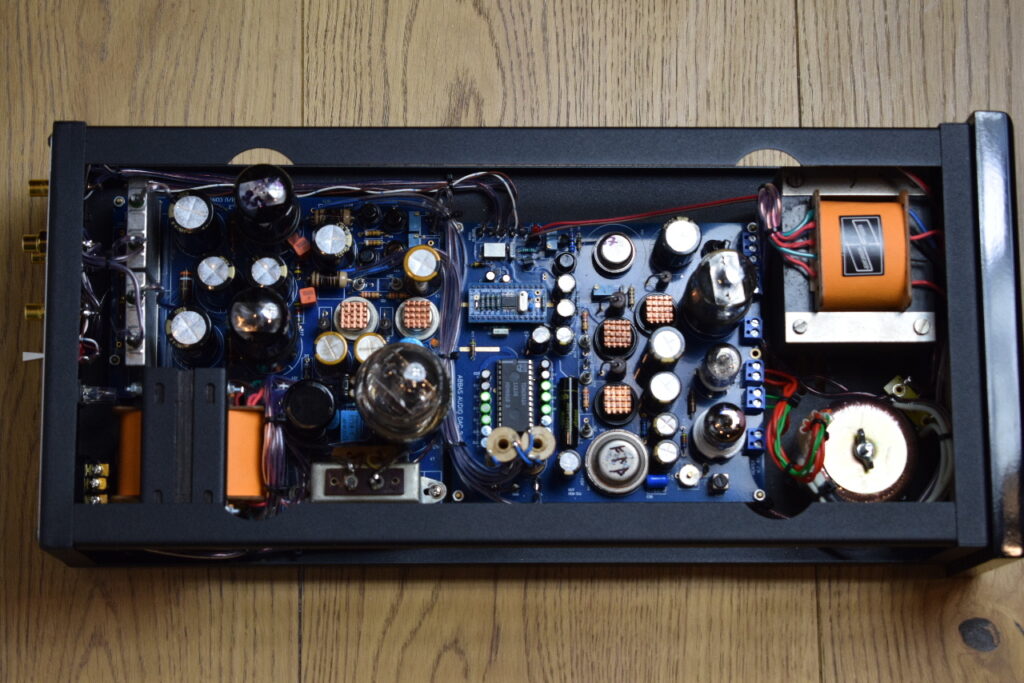
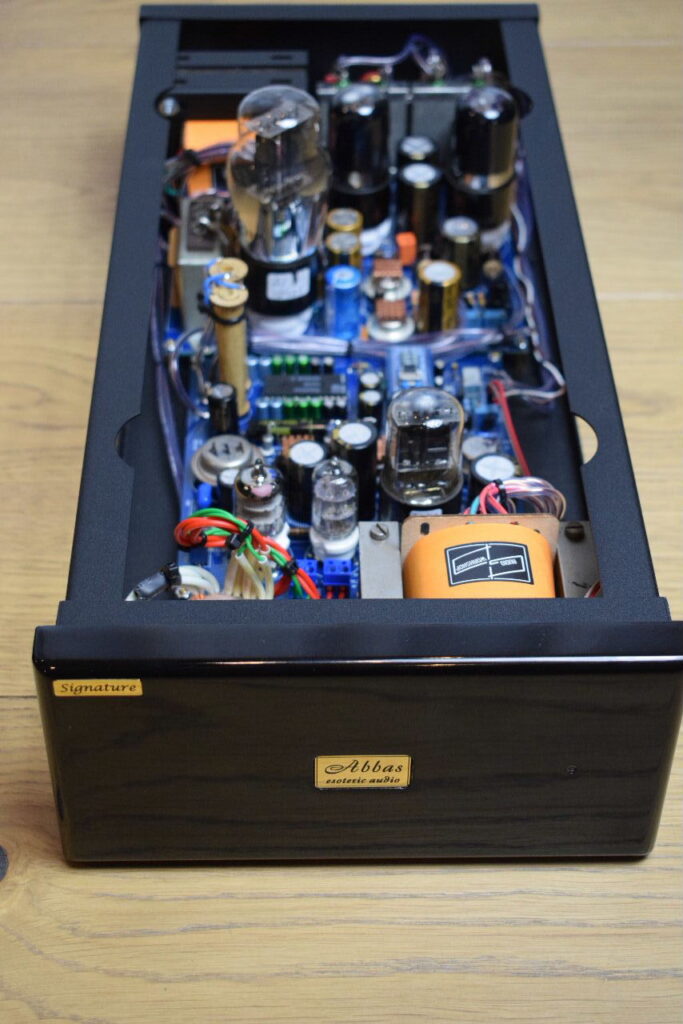
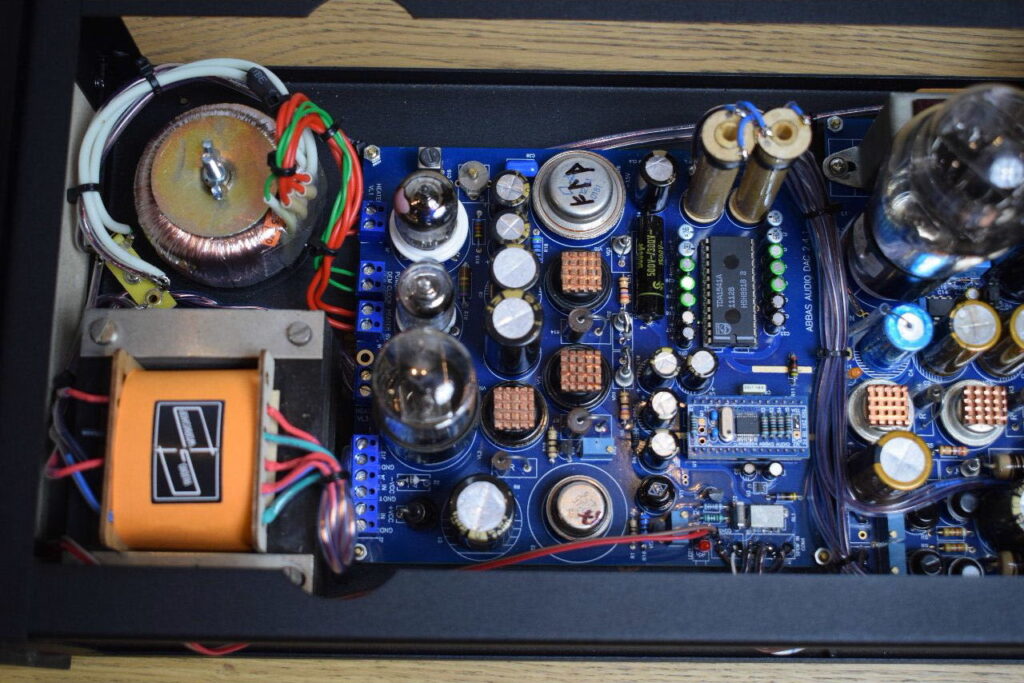
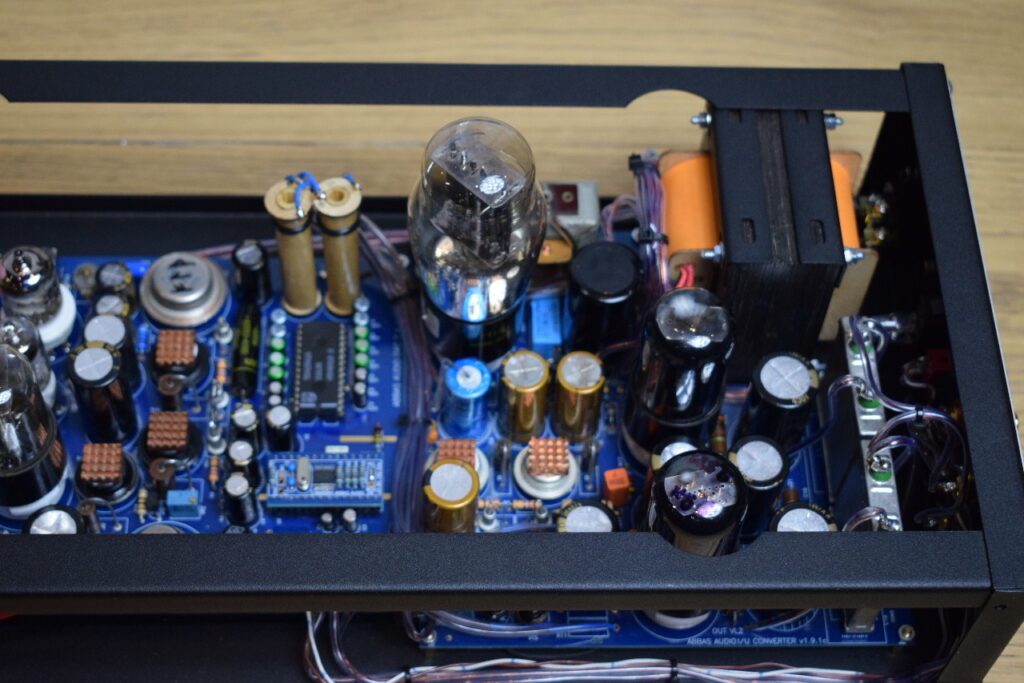
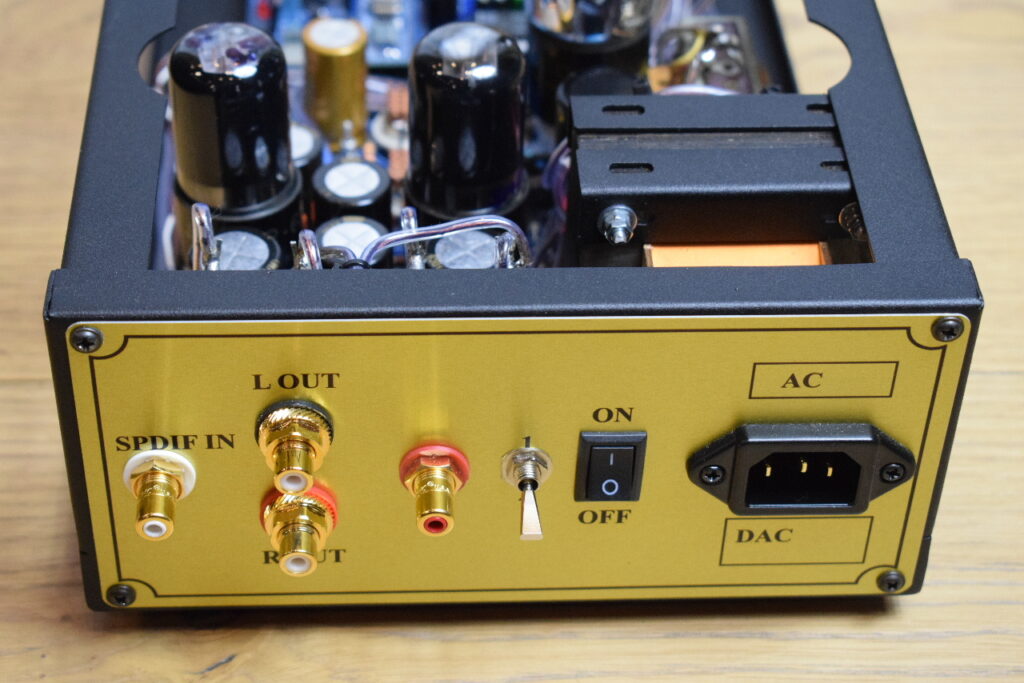
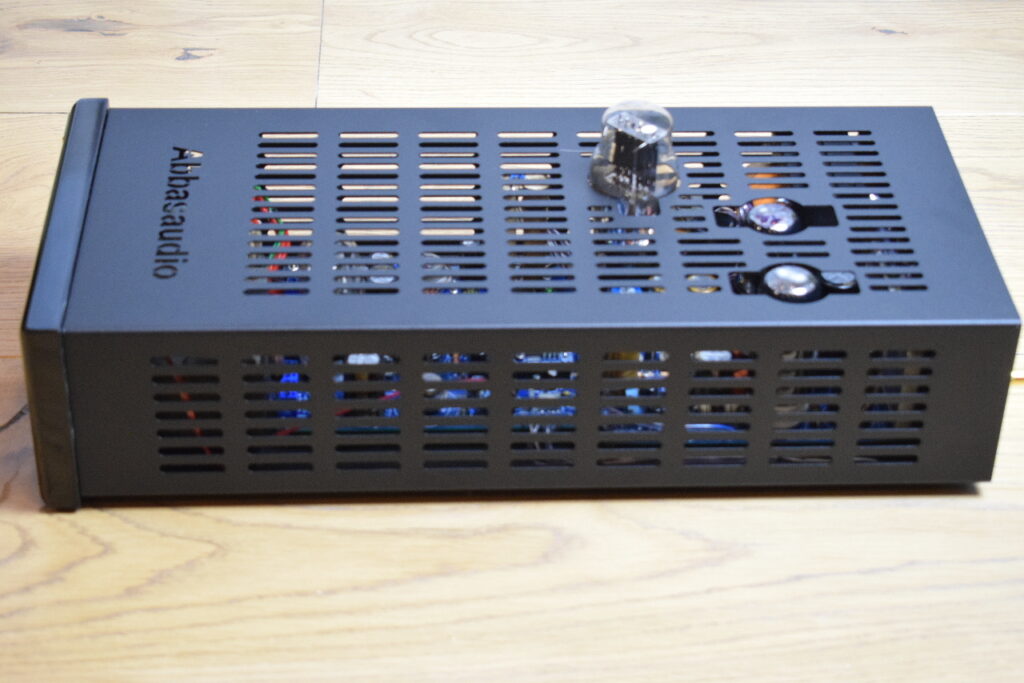
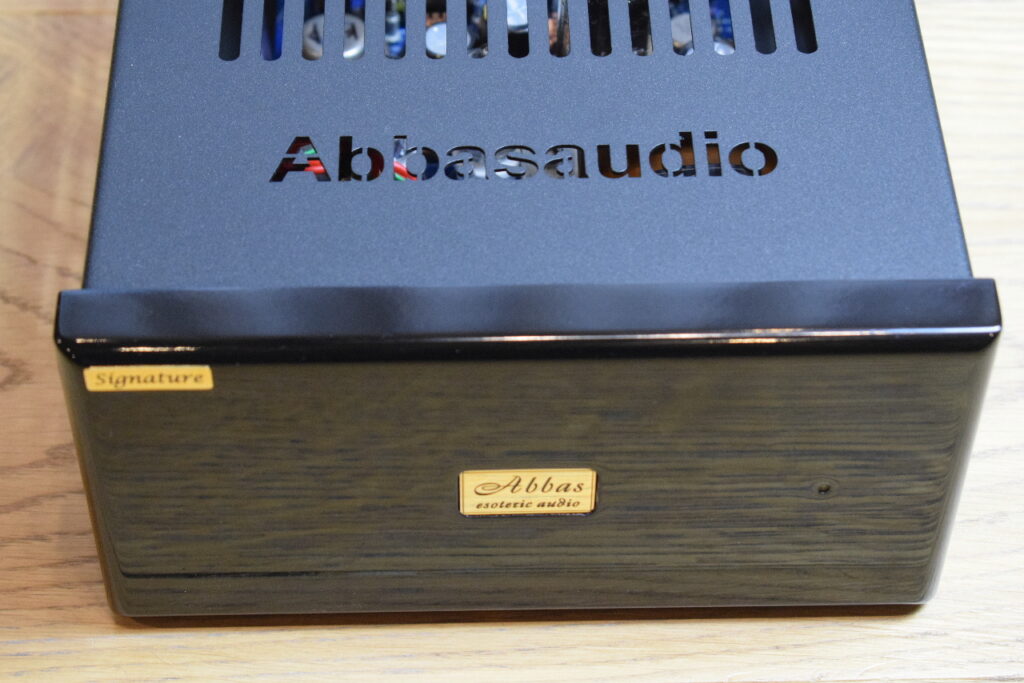
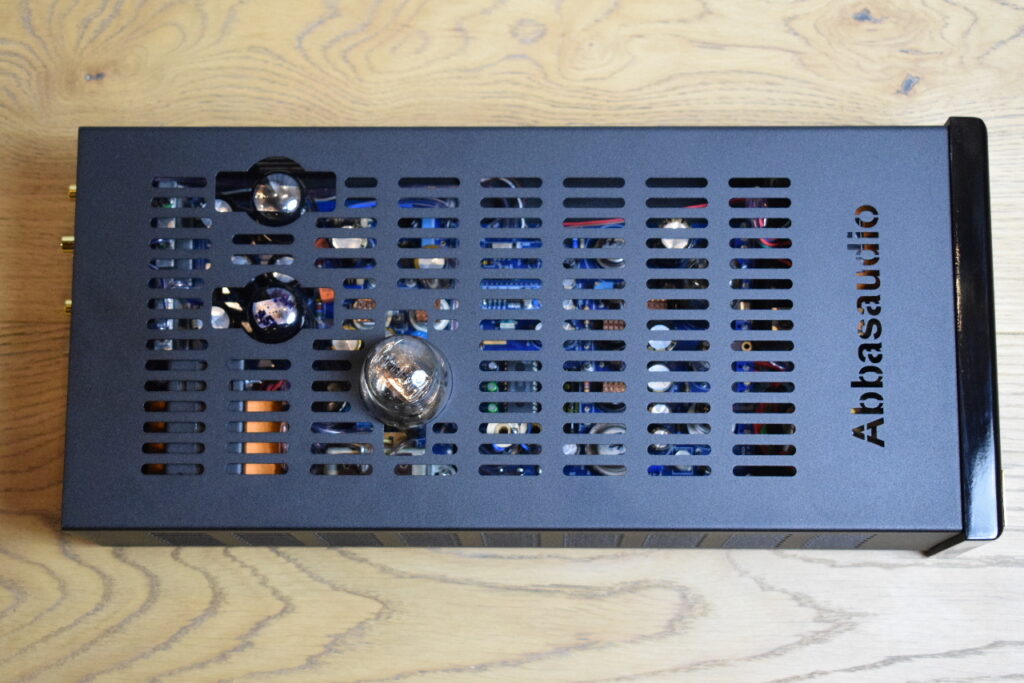
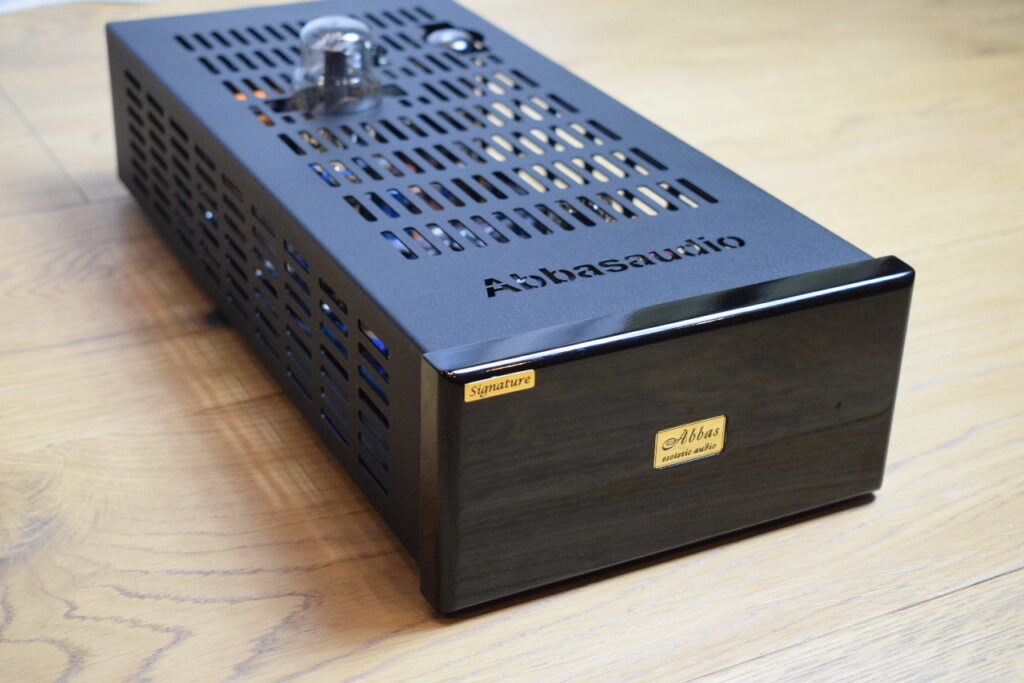

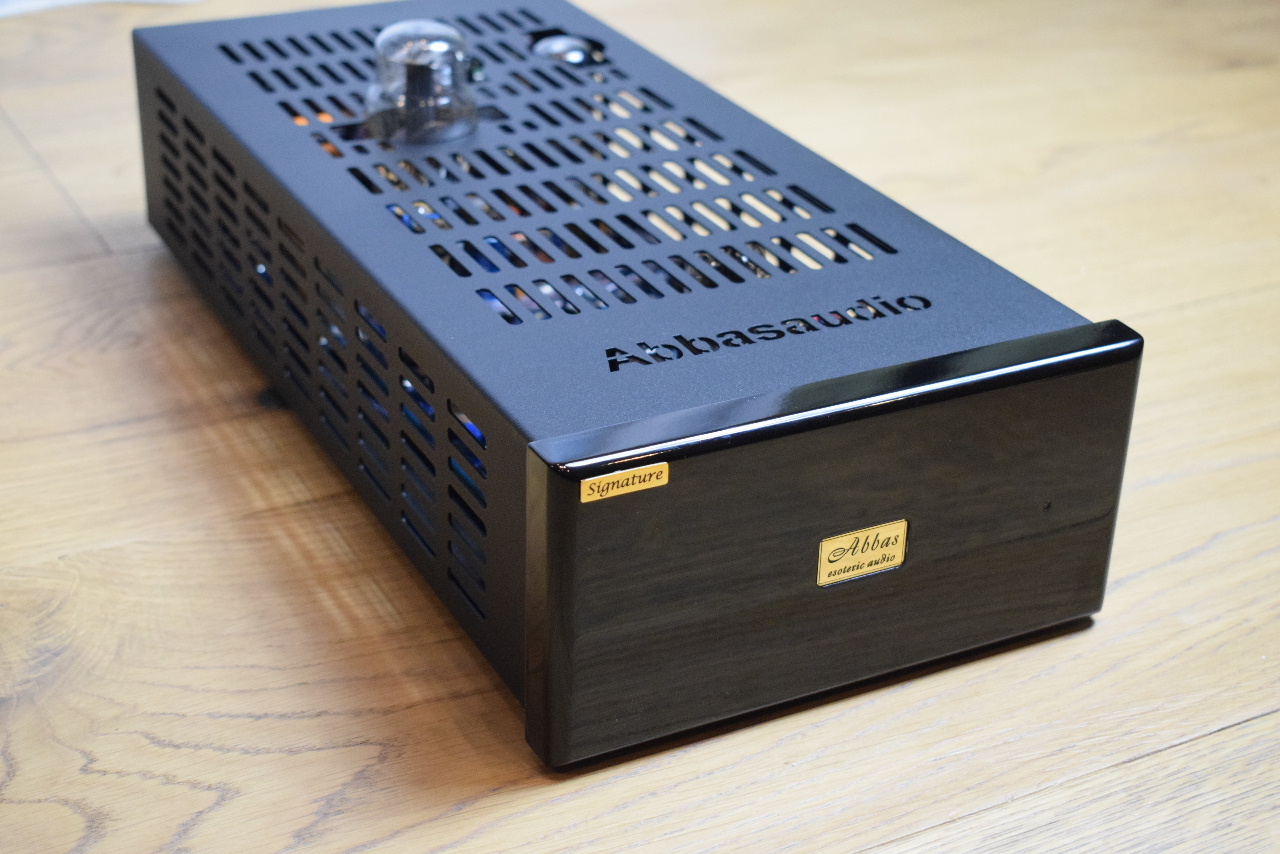
Please use the Contacts page for inquiries or purchases. Such comments will not be published.